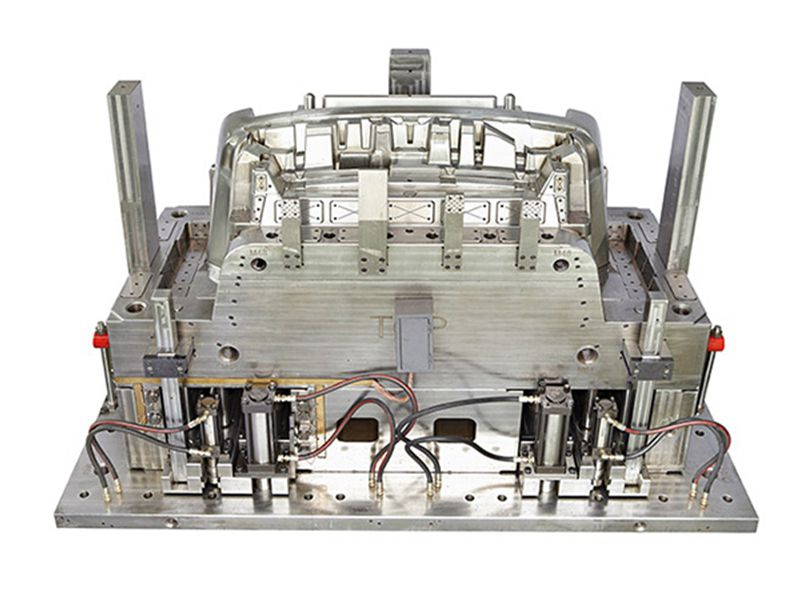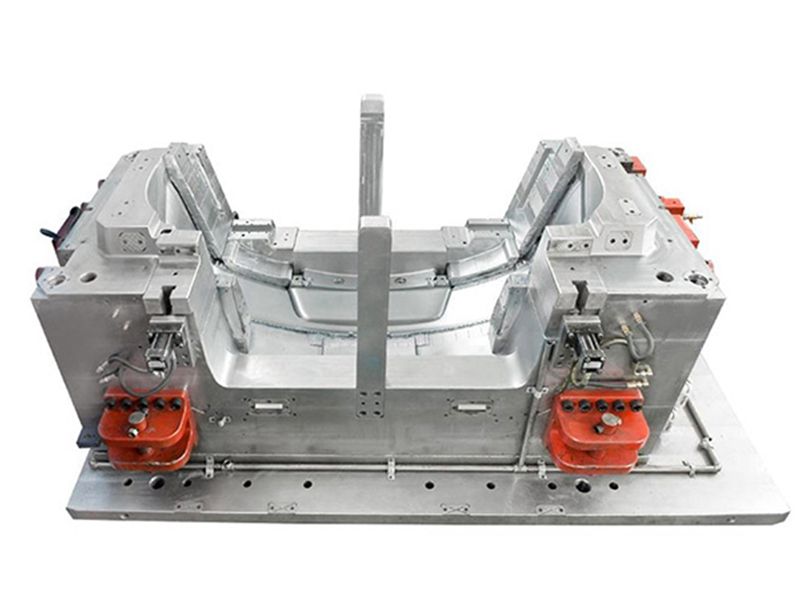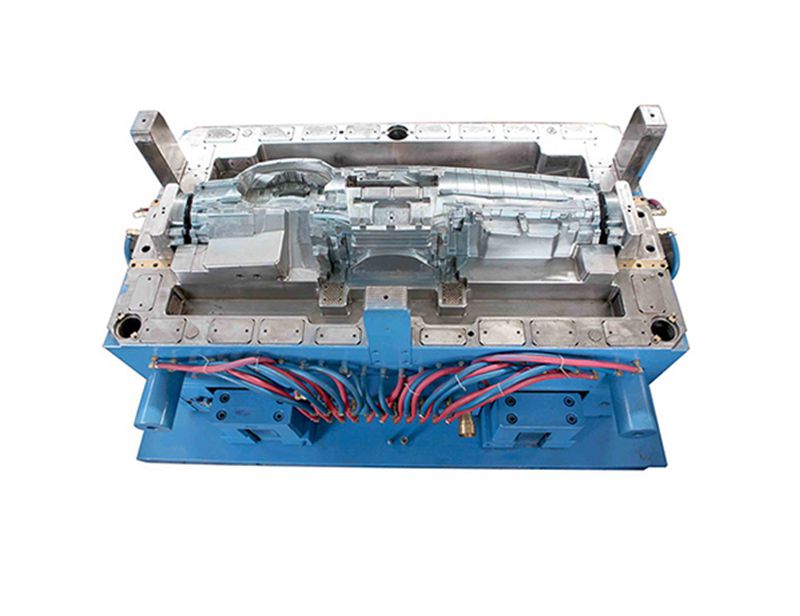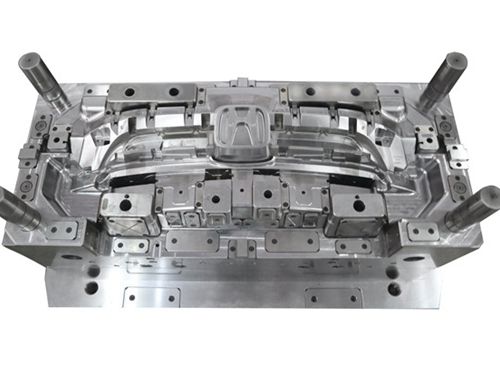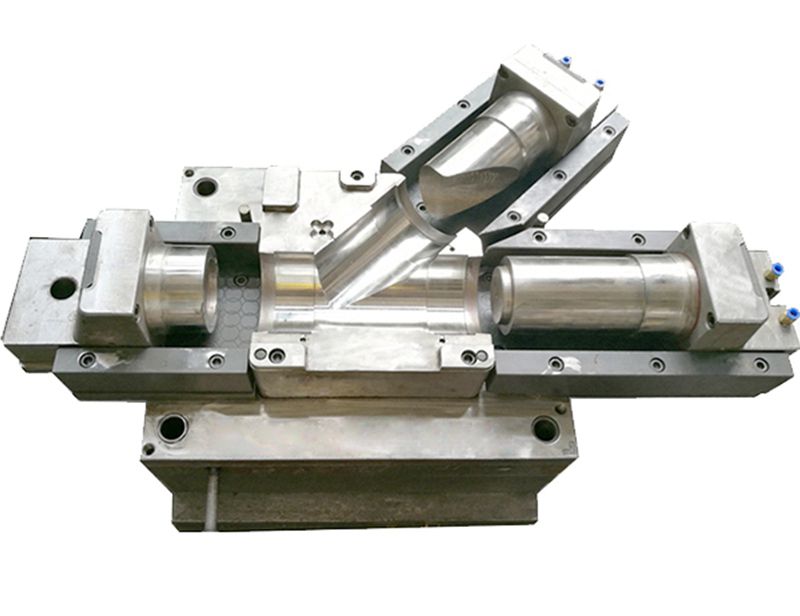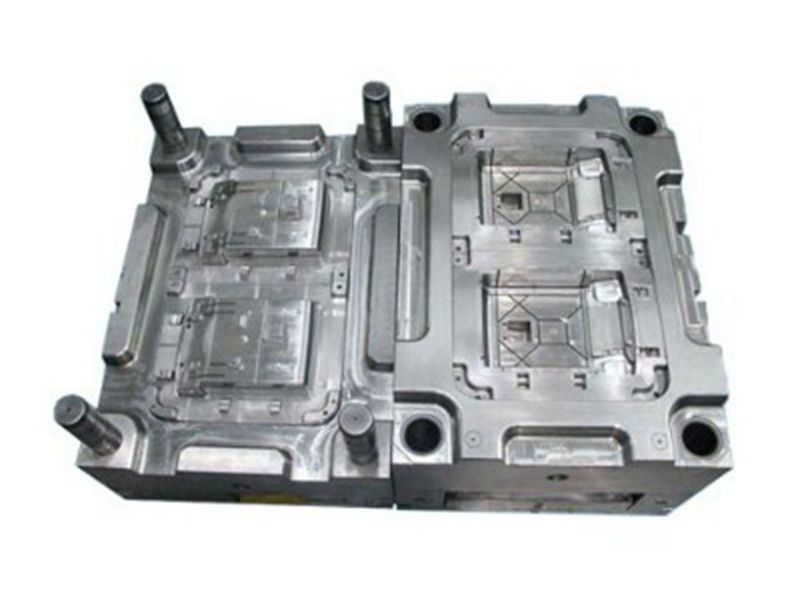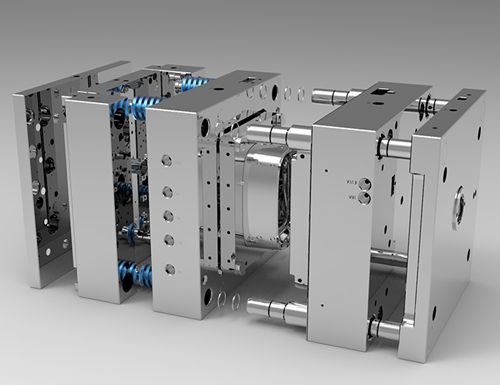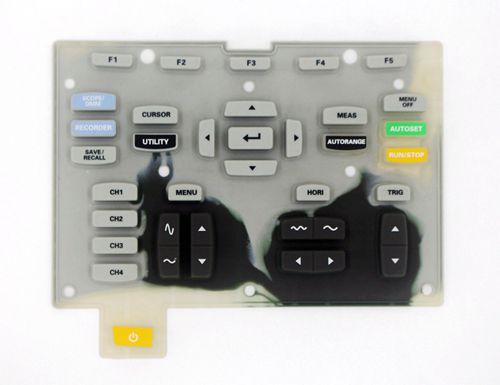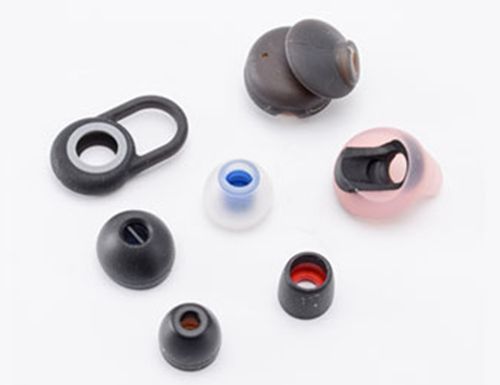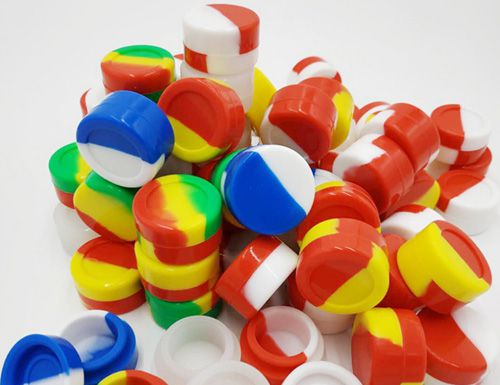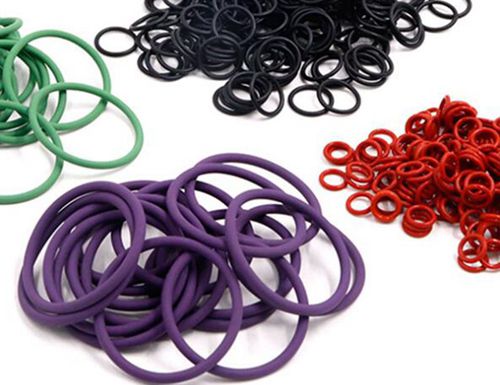Rubber has unique material properties that allow it to be strong, durable, flexible, abrasion resistant and extremely waterproof. Natural rubber is derived from the latex from rubber trees. Tapping the bark of these trees allows the latex (sticky, milky colloid) to be drawn off by making incisions in the bark and collecting the fluid in vessels. The latex then is refined into rubber ready for commercial processing.
NOTE: Many "rubber" materials today are actually synthetic elastomers that have been developed to offer similar properties but enhanced for specific applications. Contact us for help determining if an elastomer would better fit your application.
HNBR (SATURATED NITRILE)
The saturation of nitrile in HNBR improves its heat and ozone resistance. HNBR offers extraordinarily good mechanical properties and abrasion resistance. Applications for HNBR include seals, hoses and belts.
Low Temperature: -22°F/-30°C
High Temperature: 284°F/140°C and for a short period of time up to 320°F/160°C
NR (NATURAL RUBBER)
Common applications are refrigeration seals, Freon/air conditioning, motor mounts, engine coolants, petroleum and chemical tank linings, automotive gaskets and seals, and weather stripping. It provides good resistance to ozone, sunlight, oxidation, weather, oils, gasoline, greases, solvents, petroleum oils, animal and vegetable oils, compression set, silicone oil, refrigerants, ammonia, carbon dioxide, water, and steam.
Low Temperature: -50°F/-46°C
High Temperature: 275°F/135°C
BUTYL RUBBER (ISOBUTENE-ISOPRENE)
Common applications are medical, aerospace, military, and more. Butyl has good flex properties, exceptional resistance to gas and moisture (water and steam) permeation, excellent resistance to oxygenated solvents, alkalis, flexing, and abrasion, good resistance to sunlight, ozone, heat aging, animal and vegetable oils, oxidizing chemicals, silicone fluids and greases, ammonia, hydrazine, and phosphate ester type hydraulic fluids.
Low Temperature: -75°F/-59°C
High Temperature: 250°F/121°C
NEOPRENE (CHLOROPRENE)
Common applications are refrigeration seals, Freon/air conditioning, motor mounts, engine coolants, petroleum and chemical tank linings, automotive gaskets and seals, and weather stripping. It provides good resistance to ozone, sunlight, oxidation, weather, oils, gasoline, greases, solvents, petroleum oils, animal and vegetable oils, compression set, silicone oil, refrigerants, ammonia, carbon dioxide, water, and steam.
Low Temperature: -50°F/-46°C
High Temperature: 275°F/135°C
NBR (NITRILE-BUTADIENE)
Common applications are hoses, grommets, seals and gaskets. NBR has oil and solvent resistance, low temperature flexibility and abrasion resistance.
Low Temperature: -40°F/-40°C
High Temperature: 226°F/108°C
FKM (FLUOROCARBON, VITON®)
FKM has excellent heat resistance, excellent resistance to aggressive fuels and chemicals. Common applications are seals and gaskets or other rubber components in contact with biofuels or other extreme fuel or chemical environments.
Low Temperature: -15°F/-26°C
High Temperature: 350°F/177°C
FSI (FLUOROSILICONE)
Common applications are static seals and gaskets in fuel applications due to excellent resistance to chemicals, fuel and oil. Static applications are best due to poor resistance to abrasion.
Low Temperature: -100°F/-73°C
High Temperature: 350°F/177°C
SILICONE
Silicone rubber is generally non-reactive, stable, and resistant to extreme environments and temperatures. Common applications include voltage line insulators, extreme industrial applications; cooking, baking, and food storage products.
Low Temperature: -150°F/-100°C
High Temperature: 480°F/250°C
EPDM (ETHYLENE-PROPYLENE-DIENE)
Common applications include water gaskets/O-rings, grommets, electrical insulation and weather stripping. It is resistant to UV exposure, ozone, aging, weathering, and many chemicals. EPDM works well for outdoor applications.
Low Temperature: -20°F/-29°C to -60°F/-51°C
High Temperature: 350°F/177°C
URETHANE
Most polyurethanes are thermosetting polymers that do not melt when heated. Common applications are durable elastomeric wheels and tires (such as roller coaster and escalator wheels), automotive suspension bushings, electrical potting compounds, hoses and more.
Low Temperature: -22°F/-30°C
High Temperature: 230°F/110°C and for a short period of time up to 320°F/160°C
SBR (STYRENE BUTADIENE)
SBR has superior water resistance, heat resistance, abrasion resistance, low-temperature flexibility, and heat aging. SBR also provides good electrical insulation, alcohol resistance, oxygenated solvent resistance, and mild acid resistance. Common applications are plumbing and HVAC gaskets/seals/O-rings, pneumatic tires and shoe soles.
POLY-ISOPRENE
Synthetic polyisoprene exhibits excellent resilience and good tensile strength. Its color uniformity from one batch to another is easy to maintain because of the uniformity of the polymer. Common applications include those requiring uniform quality and performance, especially where color is concerned.





